Visitors 2019:
The pleasure of working with a world-class group of visitors this summer
Nearly every summer, the Pattern Recognition group at the School of Computer
Science and Electronic Engineering welcomes new and returning research visitors
from abroad. Over the years, we hosted visitors from Spain, Italy, Netherlands,
Bulgaria, Russia, Lithuania, USA, Poland, Turkey, and even Australia.
Interestingly, our group attracts again and again the same special breed of
people: bright, enthusiastic, incorrigible workaholics.
This summer is no exception. I have the pleasure and the privilege to work with four wonderful scientists, three from Spain and one from Turkey. The Spanish team comes from the University of Burgos.
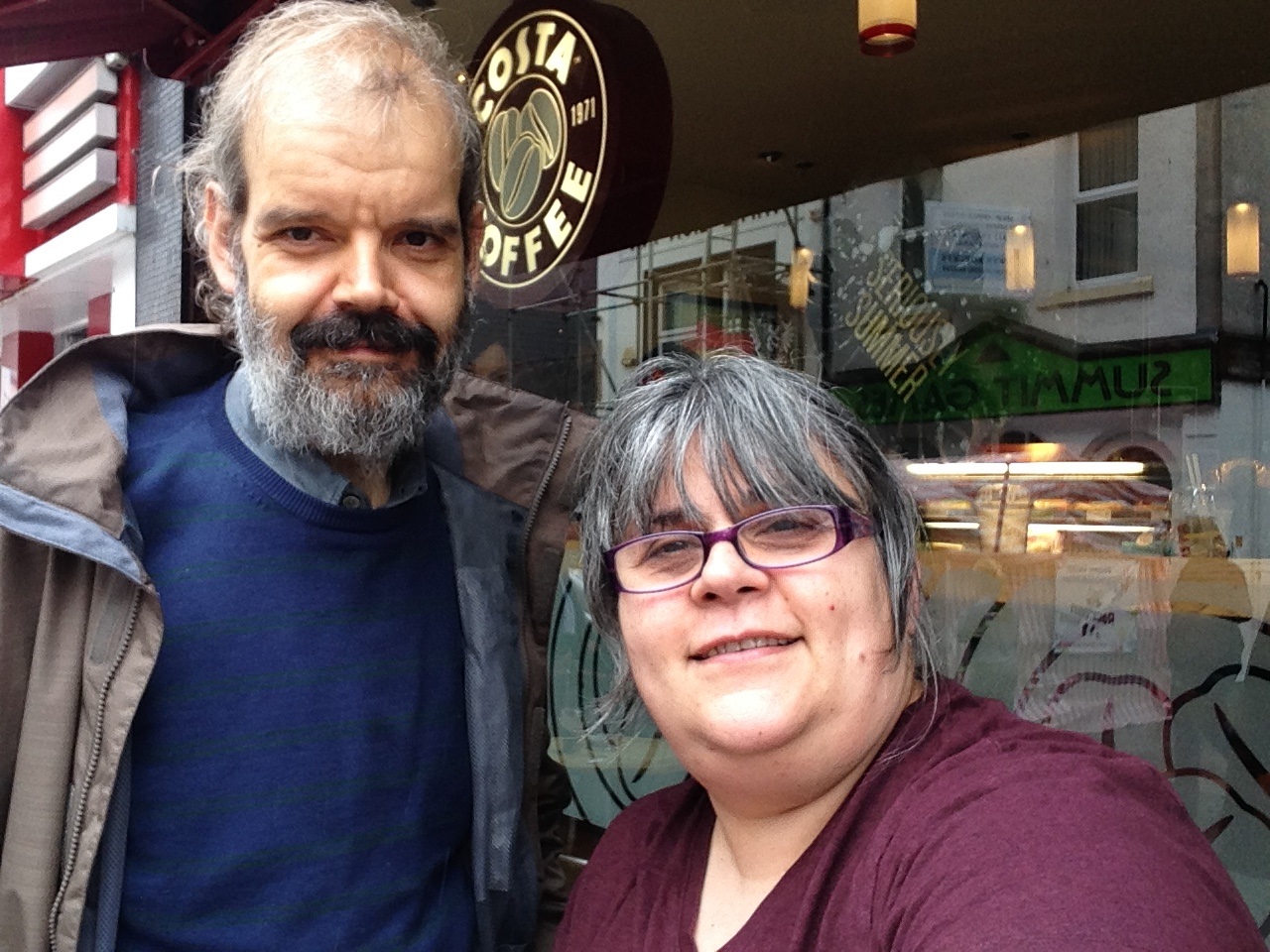
|
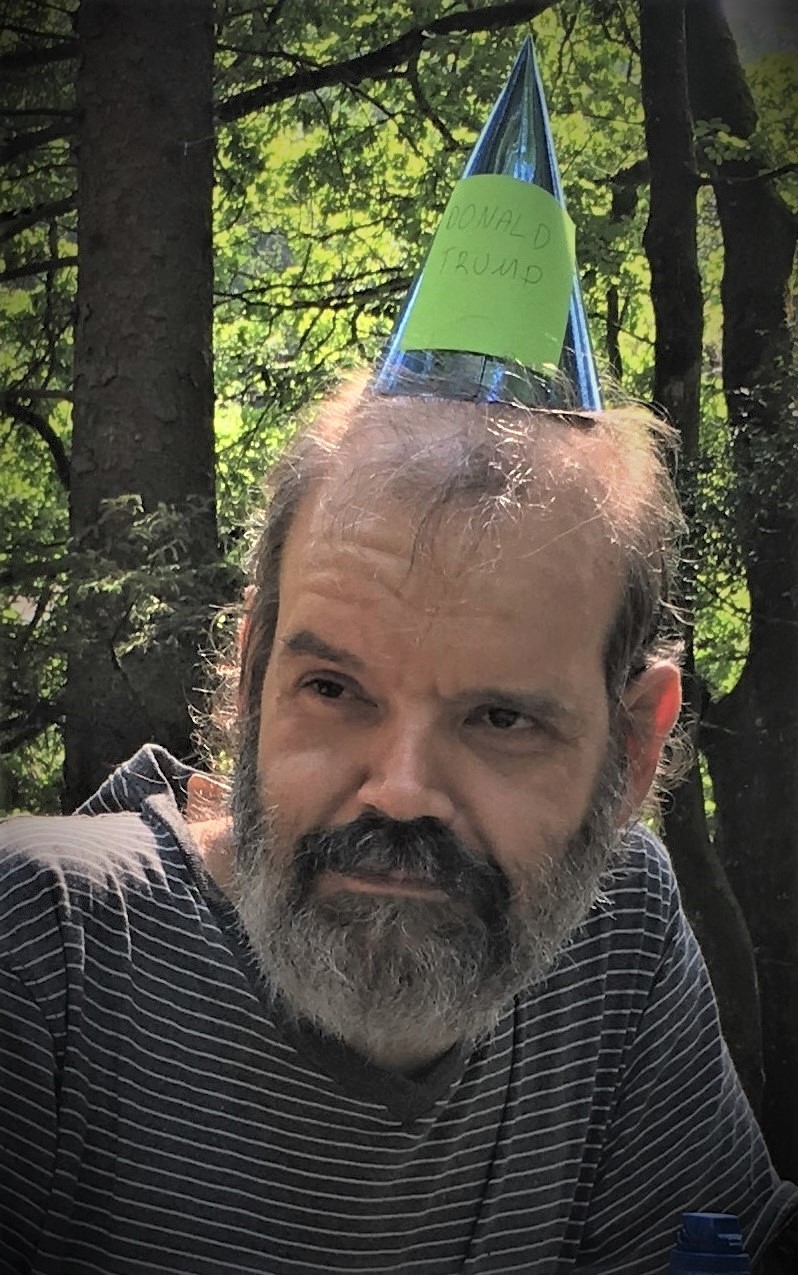
|
Prof Juan Rodriguez has been coming to Bangor since 2005,
nearly every year. It is great fun to work with Juan!
Razor-sharp, monosyllabic, inhumanly efficient, and
available within 2 minutes after pressing Send on the
e-mail, 24/7, 365 days of the year. Not kidding!
The very start of our collaboration (and lifelong friendship!) led to one of the most influential publications in my career – about "Rotation Forest". Eh, well, this is neither a forest in the mountains, nor does it spin around. |
|
Over the years, Juan brought to Bangor several members
of his team. This summer we also have Dr Alvar Arnaiz
Gonzalez and Mr Mario Juez Gil. This is Alvar's third
visit to our group. Alvar's qualities bear striking
similarity with Juan's: determined, hard-working,
and brilliant at what he does. And Mario is a young star
in the making. What a pleasure and comfort it is to work
with a team like this! Lucky me!
This summer we chose to work on a popular machine learning topic whose multiple caveats are often swept under the carpet: feature selection. Feature selection is about finding out which are the most important descriptors that distinguish one group of objects from another. |
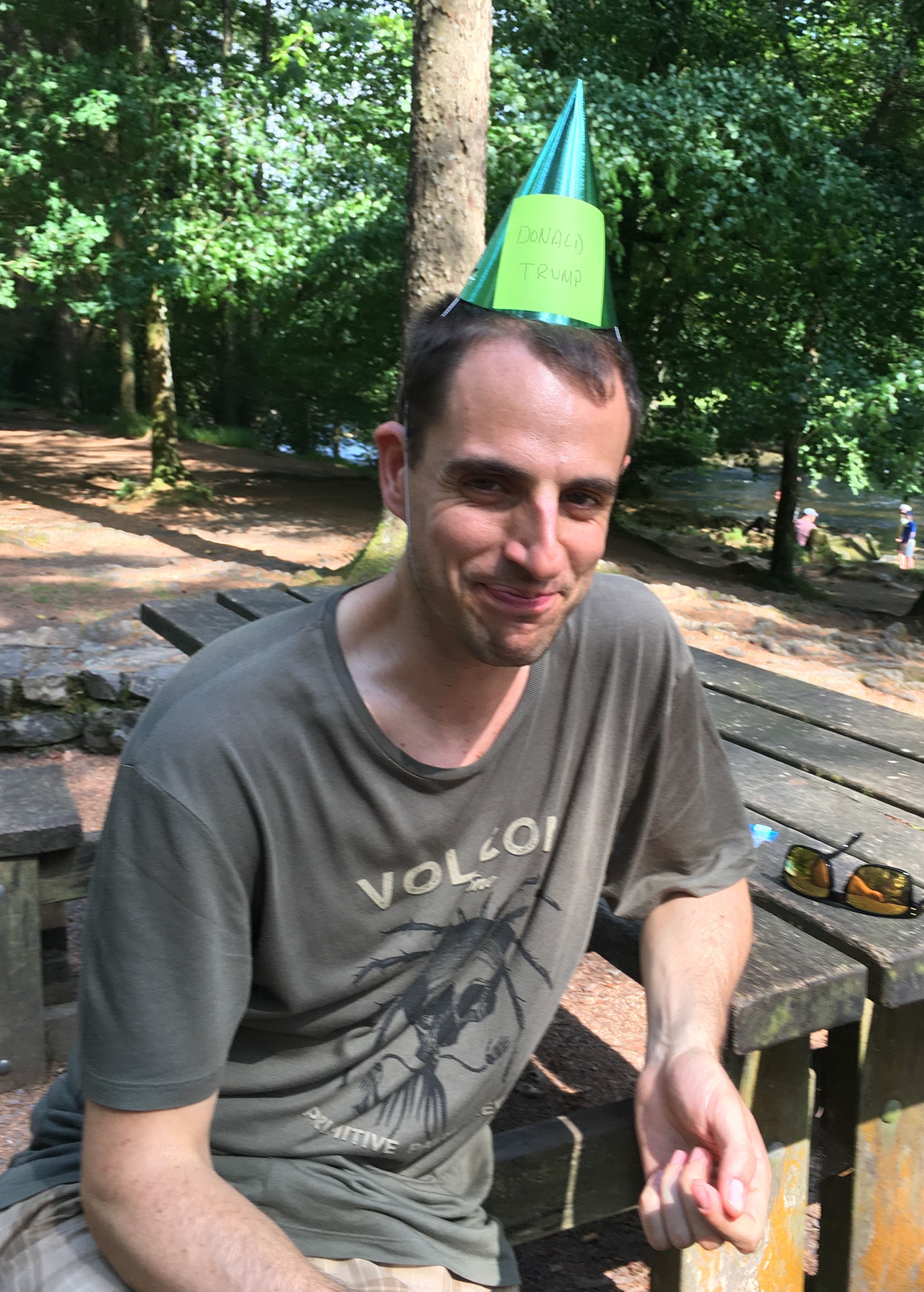
Alvar Arnaiz |
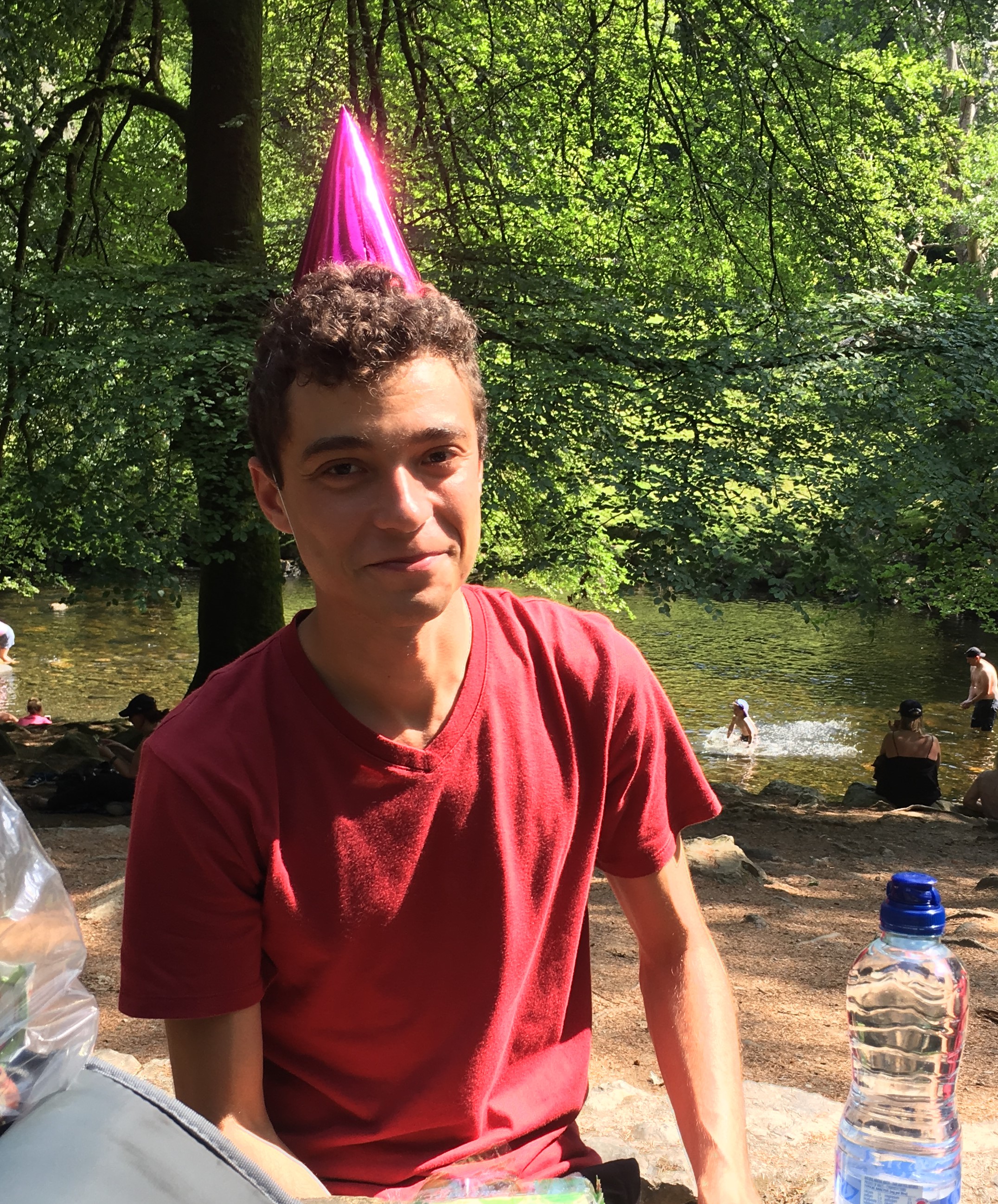
Mario Gil |
The same question has been raised more than once about selecting important genes in cancer research. Using the same (small sample) data, different research groups came up with completely different lists of important genes! Beyond the embarrassment, such genuine but fundamentally flawed analyses may cause damage and even cost lives.
Together with my visitors, we prepared a cautionary tale about feature selection from ‘wide’ datasets which illustrates the perils of the current practices. Who knows what the chances are to get this published? Warnings often get drowned in the stream of over-enthusiastic (and much of it possibly misguided) novelty research. But it was a great fun working on the project.
Women can multitask. Fact! Along with Juan, Alvar, and Mario, this summer I am working on a very different project with Mr Emre Kavur from The Dokuz Eylul University in Izmir, Turkey.
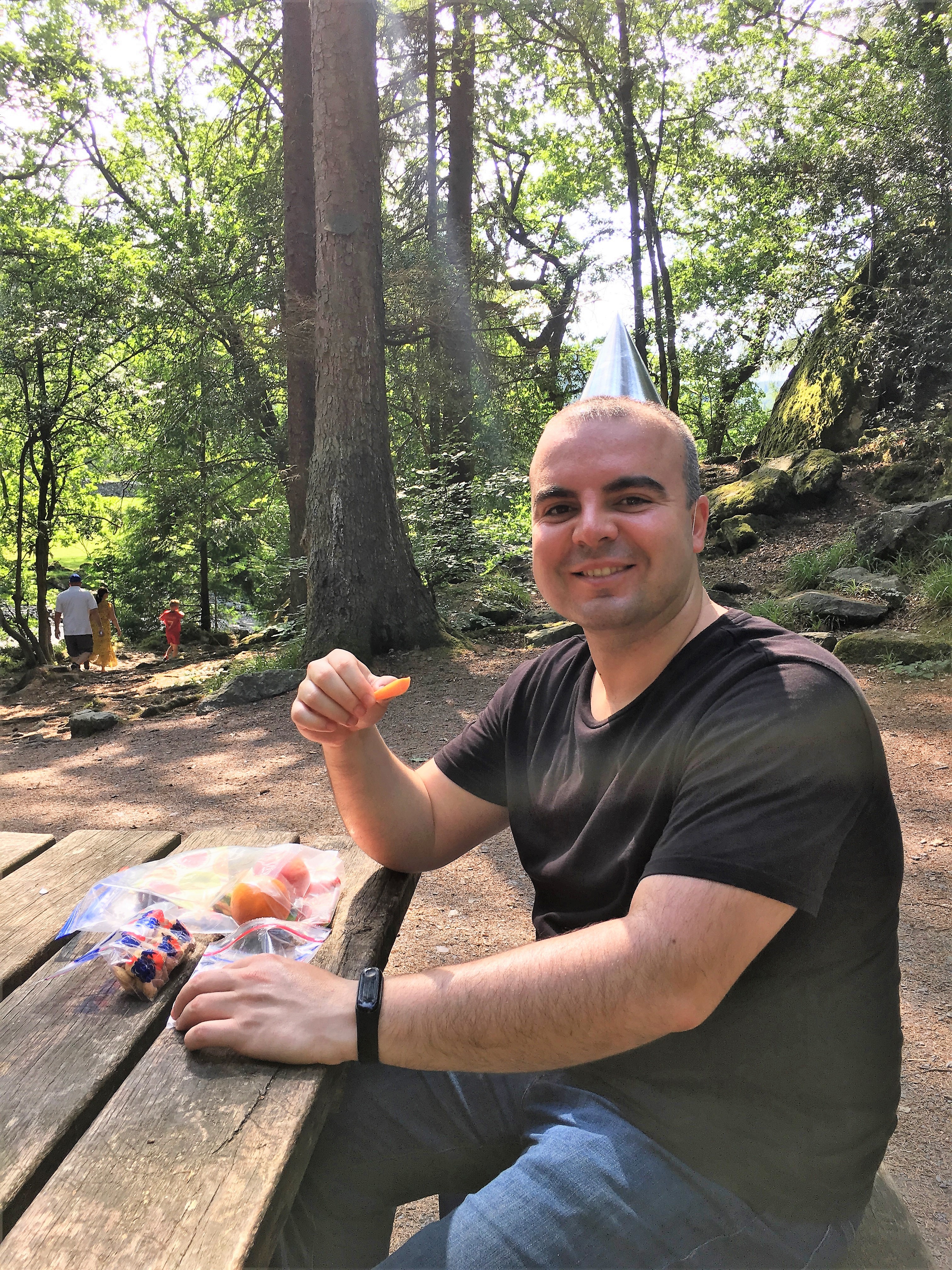
|
Emre is staying in Bangor for a whole year. Since the beginning
of his visit he has been a super-star. When the Spanish
visitors arrived, Emre instantly found kindred spirits in
them – they all work all hours of the day, and results
appear as if by magic!
Emre's work is on segmentation of organs in the abdomen from 3D images coming from CT scans or MRI scans. You would think this problem has been solved many times over by now. It turns out that the precision of the segmentation is still not enough for delicate medical procedures. Emre is a part of a team in Turkey who organised international competitions (including CHAOS) inviting the best players in the world to cross swards in this challenging problem. |
But it is not only work, as you might have guessed from the photos. Bangor and its surroundings are lovely this time of the year. I like to take my visitors to see the gorgeous mountains, gardens, castles and beaches. This reminds me of a story a from years ago. It was a glorious, sunny day at the end of June. I had a visitor (let’s call her Ivy) whom I took for a walk to Newborough beach. Ivy and I were enjoying the sunrays, leisurely walking on the wide sandy beach towards Llanddwyn Island, deep in conversation about pattern recognition. Before we knew it, the tide surreptitiously crept in, and we found ourselves stranded on a shrinking sand island, 50m away from the nearest dry land. Ivy's eyes widened in disbelief and her jaw dropped at my invitation to undress herself on a busy beach. But she quickly got the idea watching me swiftly getting out of my shoes, socks and trousers, folding them, and placing them on top of my head, followed by my bag, phone, and camera. She copied the move, and soon the spectators on the beach witnessed the procession of two half-naked, serious lady scientists marching through four feet of water towards dry sand, balancing precious possessions on their heads. Ah, it was funny. By the way, Ivy still talks to me. And the seminar she gave that afternoon was splendid. You might have thought I had given up trying to drown my visitors there after this incident? Oh, no! Newborough beach is so magnificent in any season that I can’t resist showing it off to my colleagues from abroad. When will I learn to check the tide times first? Juan is taller. He only needed to roll up his trousers.

|
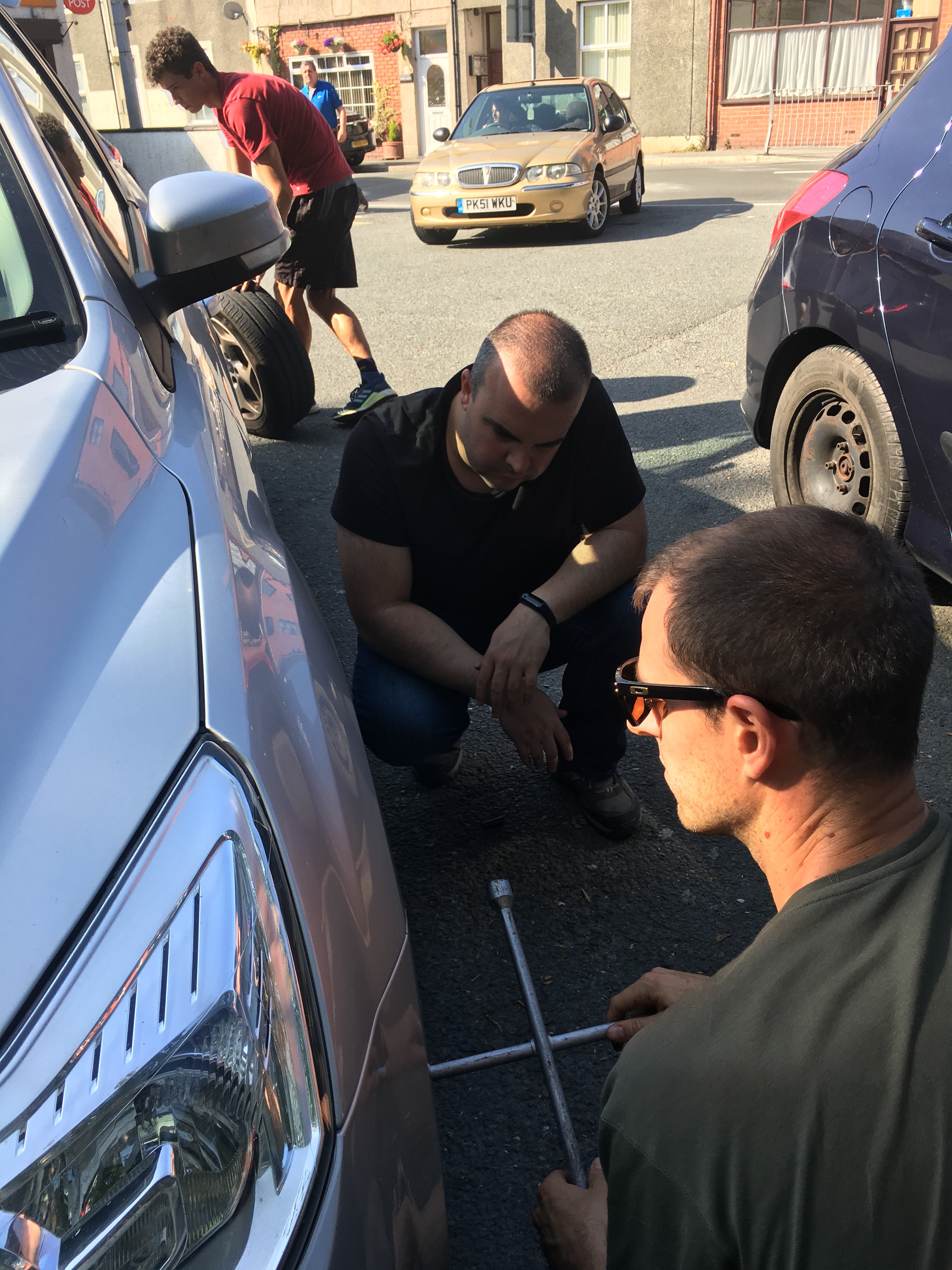
|
This summer, the five of us went to the woods near
Betws-y-Coed. Of course, we had to wear party hats!
Mario said we looked like unicorns.
On our way back, I swerved the car towards the curb to let a police car with a flashing light pass by (the curse of narrow roads). When we started again, Emre said "Stop the car at once! You have about 45 seconds to do so!" Utterly puzzled, I found a tiny parking at the back of a shop, just a few meters away, and stopped the car. We all jumped out and witnessed the front left tyre quickly deflating with a fierce "ssssssssss". |
Summers are my research heaven, especially with a team like this! I fondly remember all my visitors and all the thrilling and rewarding work we did together. I hope they enjoyed Bangor as much as I enjoy having them year after year.